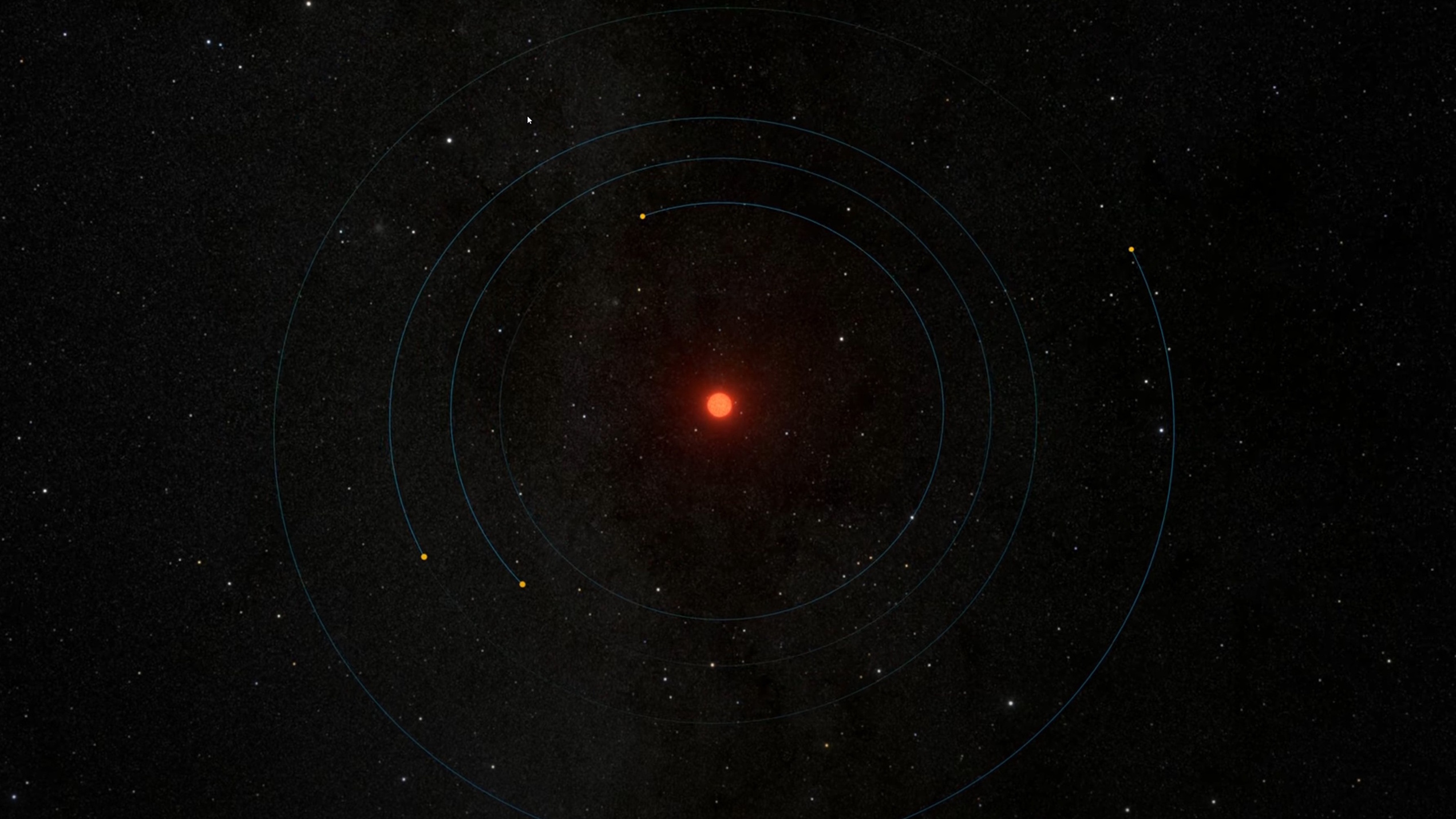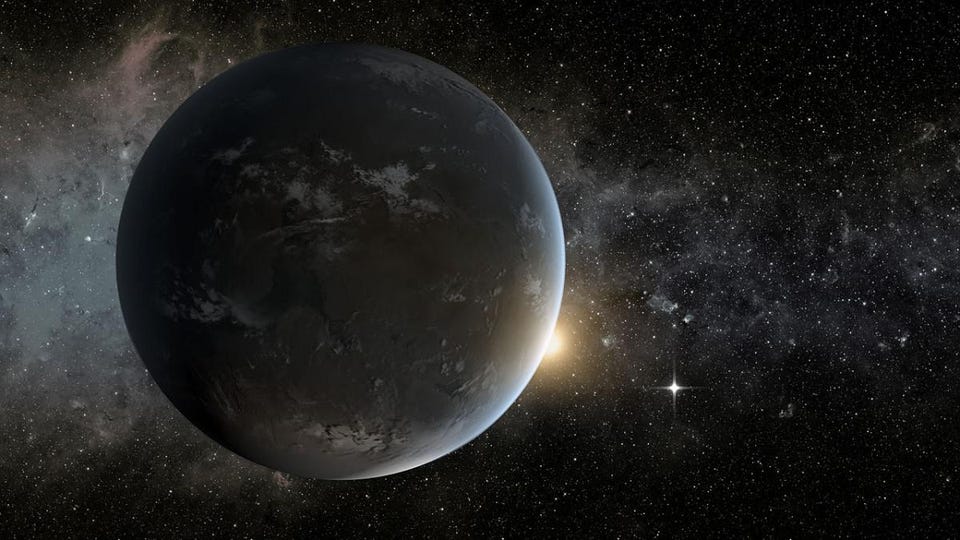New News About Makemake

What’s the Latest Development?
A paper to be published in tomorrow’s Nature describes new data obtained about the dwarf planet Makemake (pronounced MA-kee-MA-kee), one of five such bodies (as defined by the International Astronomical Union) whose orbits are the furthest from the sun. The data was gathered using three Chile-based telescopes as the planet drifted in front of a distant star, an event referred to as a stellar occultation. Because there are few stars in the sky near Makemake, the ability to catch it during an occultation was a rare and difficult feat. Team leader Jose Luis Ortiz says, “Finding out about Makemake’s properties for the first time is a big step forward in our study of the select club of icy dwarf planets.”
What’s the Big Idea?
Occultations, when they occur, help astronomers gather important information about distant bodies and their properties. In Makemake’s case, they learned that, unlike its fellow dwarf planet Pluto, it doesn’t have an atmosphere. They also were able to estimate the planet’s density and determine how much of the sun’s light it reflects: about the same amount as that of dirty snow. The planet is about two-thirds Pluto’s size and its orbit is beyond Pluto’s but closer than that of Eris, another dwarf planet.
Photo Credit: Shutterstock.com





